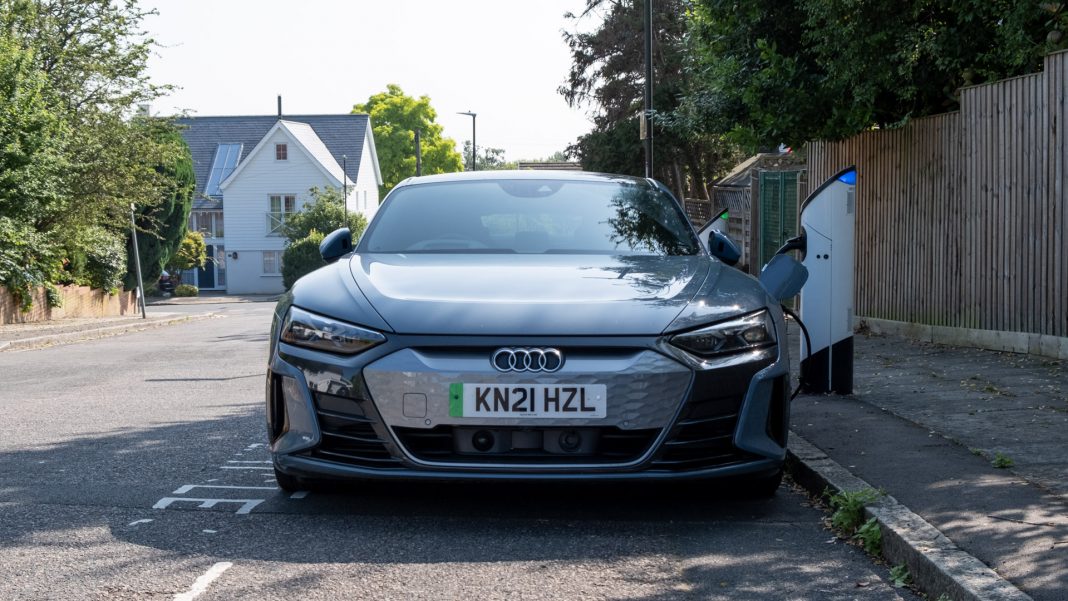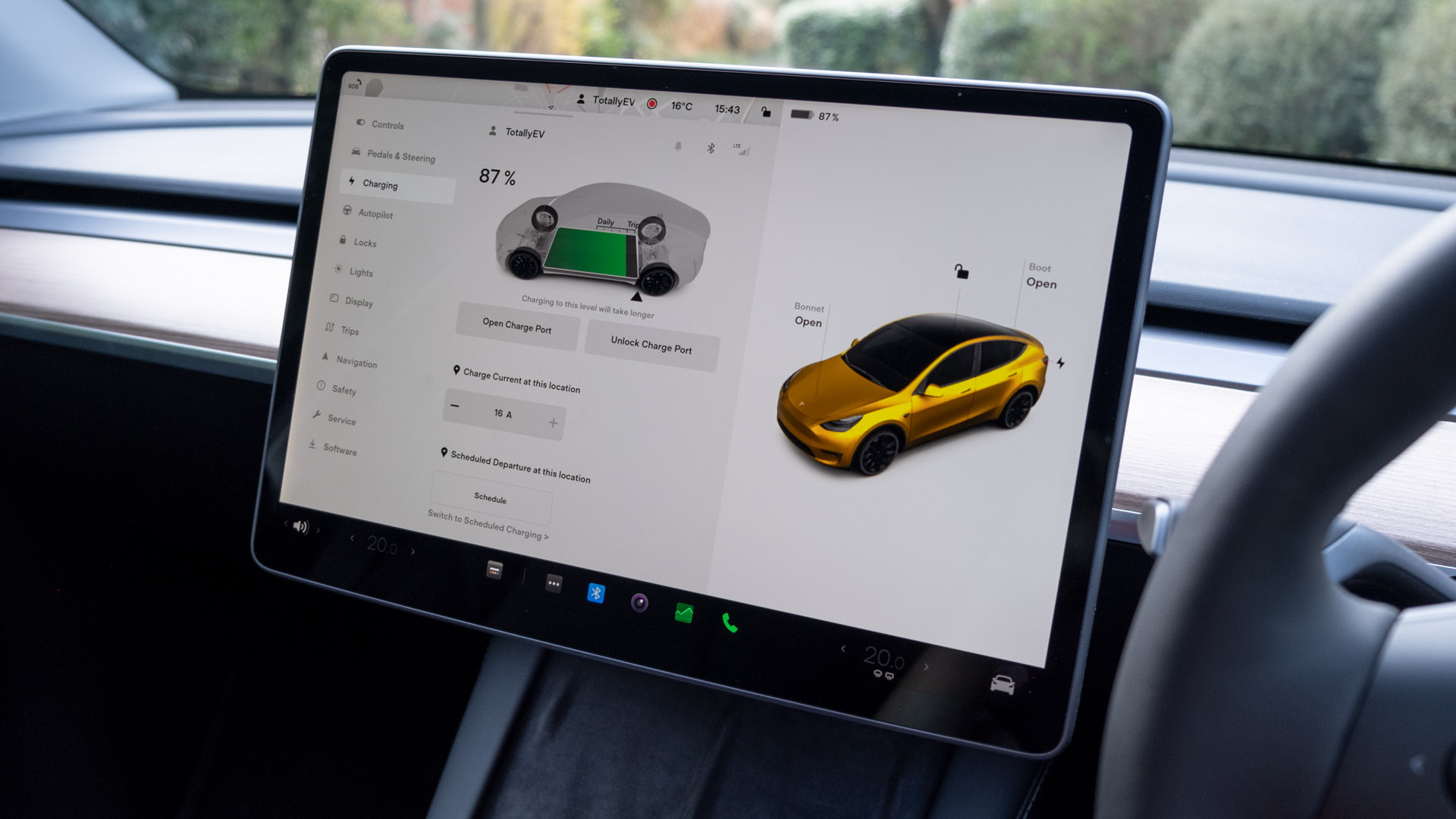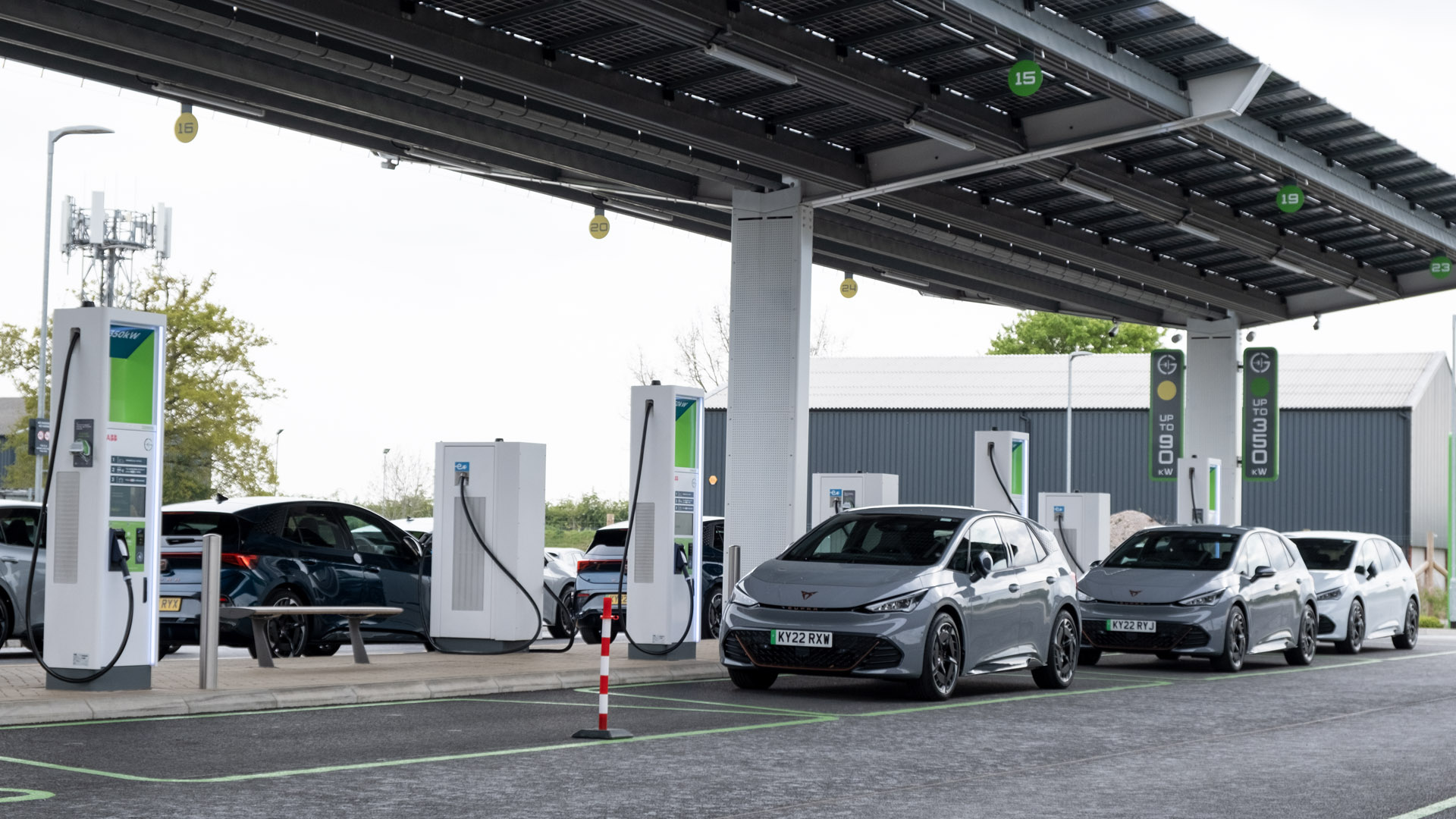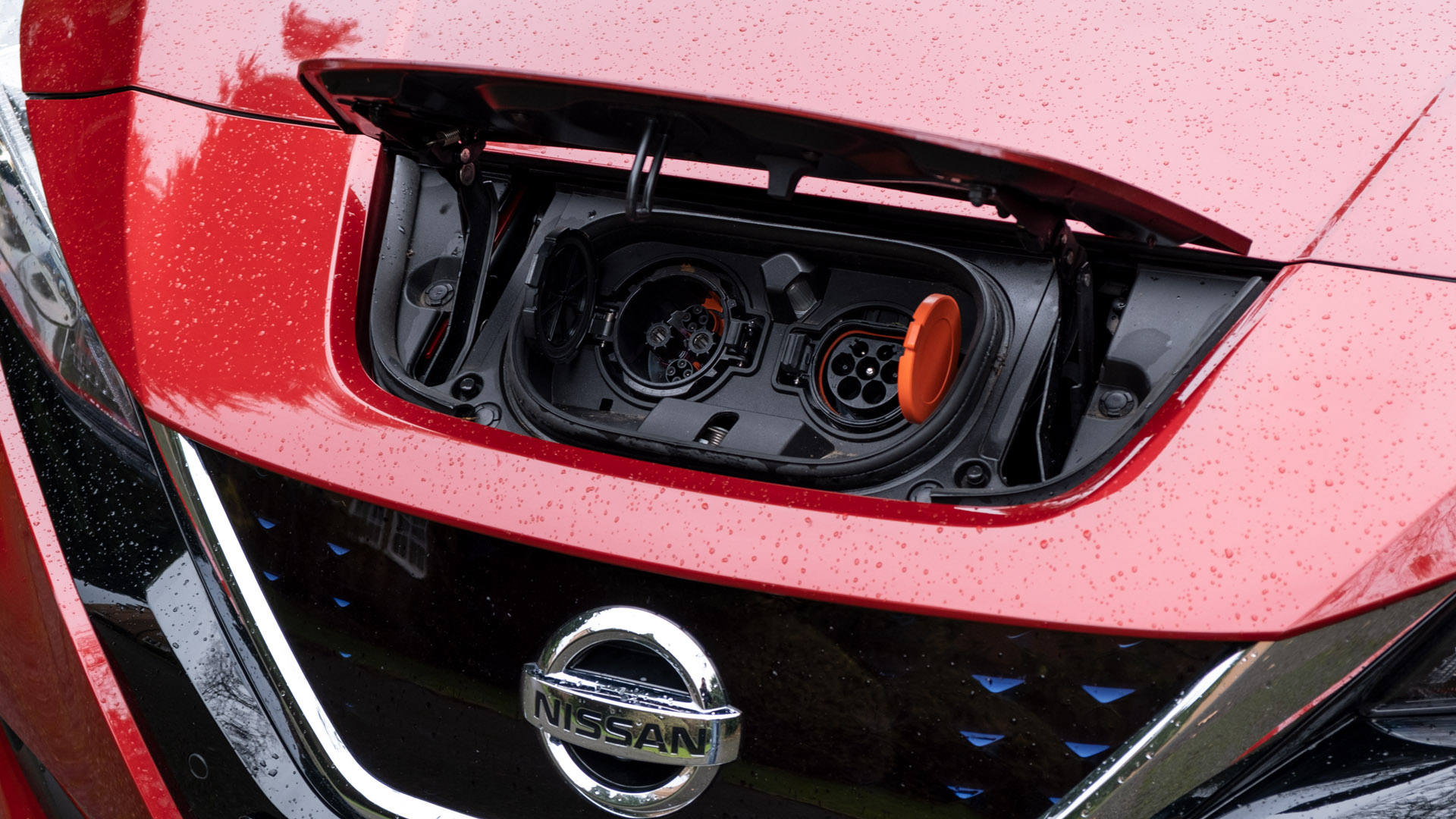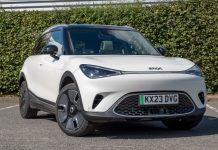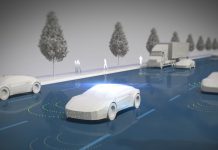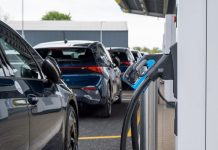Electric vehicles (EVs) have long been heralded as the future of transportation. However, with costs spiralling and the continued economic uncertainty in the UK, the transition to electric-powered cars remains out of reach for many. As a result, we run the risk of being left behind in the global transition to more sustainable transportation unless steps are taken to accelerate adoption.
The government’s recently established its zero-emission vehicle mandate, which ends the sale of new petrol and diesel cars by 2030, with the additional commitment that all cars must be fully zero-emissions capable by 2035. In addition, the government has put pressure on manufacturers to sell an increasing share of electric vehicles in the run-up to 2030. However, despite these ambitious targets, EV adoption rates, while growing, remain limited.
So how can we get out of the slow lane and accelerate the widespread use of EVs? Making the electric dream a reality will require significant changes. The industry ecosystem will need to work together to overcome the key barriers, including charging infrastructure, battery limitations and interoperability concerns.
To understand the challenges we face as an industry, TotallyEV reached out to Janet Ooi, Automotive Industry Solutions of Keysight Technologies.
Battery Limitations: Range & Cost
EV batteries currently are expensive, and the range is relatively limited. Despite the average car journey in England being less than 10 miles, for widescale adoption, consumers need to be able to drive north of 200 miles without stopping to charge; while there are many premium EVs that achieve this feat, many lower-cost models struggle to keep up. And with commercial vehicles, this problem is even more pronounced as making repeated daily stops to recharge isn’t economically feasible. With these vehicles being major polluters, it’s critical to solve this issue.
Many of these barriers to adoption will be addressed by technological innovations on the horizon. The rollout of cathode and anode in addition to combination batteries will ease many of the current range constraints. Another breakthrough that will be transformative is the commercialisation of solid-state batteries. Due to the higher density and lighter weight, they power a much longer distance. In addition, they can be recharged in under 10 minutes, bringing it nearer to petrol or diesel alternatives.
One more battery-related hurdle to overcome is cost. With EVs requiring different raw materials, prices will remain high until the industry embraces recycling materials, including dead batteries, which will help drive prices down. The affordability of EVs coupled with soaring inflation in the UK will require continued government intervention in the form of subsidies, incentives and tax breaks if the zero-emission goals are to be achieved.
Read next: Our favourite electric cars and SUVs
Fast Charging Network
To facilitate adoption, there also needs to be accessible to a fast-charging network from Land End to John O’ Groats. Currently, public charging infrastructure is relatively limited, particularly access to fast charging stations. And with 34% of UK households without off-street parking, a public network is critical to address this gap.
With the 2030 deadline looming, the government is investing in building a network of 300 thousand of public charging points. This will address those individuals living in homes or flats without a driveway or parking area. Making fast charging easier than the effort required to fill your tank with petrol will help accelerate uptake. In the first six months of 2022, the number of ultra-rapid stations has increased by 40%, showing progress in overcoming this crucial barrier. Once a fast-charging network is in place, this will be a tipping point for commercial use as EVs will be a viable option.
Interoperability
To build consumer confidence in EVs, interoperability must be mandatory. For example, maintaining multiple cards and subscriptions to access and make payments at public charging units is a constraint, and this problem is even more pronounced when driving in Europe.
In addition, as more EV models are released, having a universal adaptor and location for the charger are necessary steps that reduce friction. Physical, transactional and technical interoperability is essential to make EVs compelling to drivers in the UK and across the globe. In addition, developing common standards such as regulating in-car battery performance must happen.
Read next: Volvo XC40 (C40) Recharge review: A powerful luxury electric SUV
The Future is Electric
As the clock ticks towards 2030, the UK must take steps to ensure that EVs are a reality well before the deadline. With solutions on the horizon, many key barriers will be in the rear-view window, and widescale adoption will be possible. As transportation is the largest source of environmental pollution, failure is not an option.

